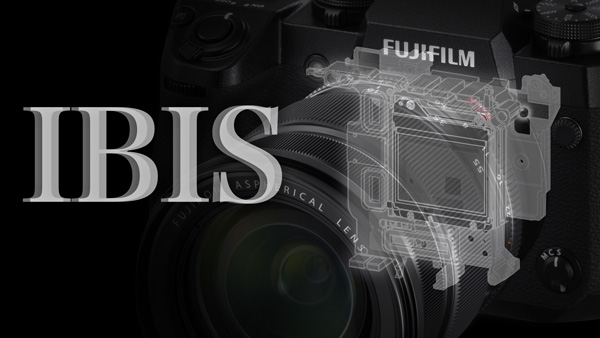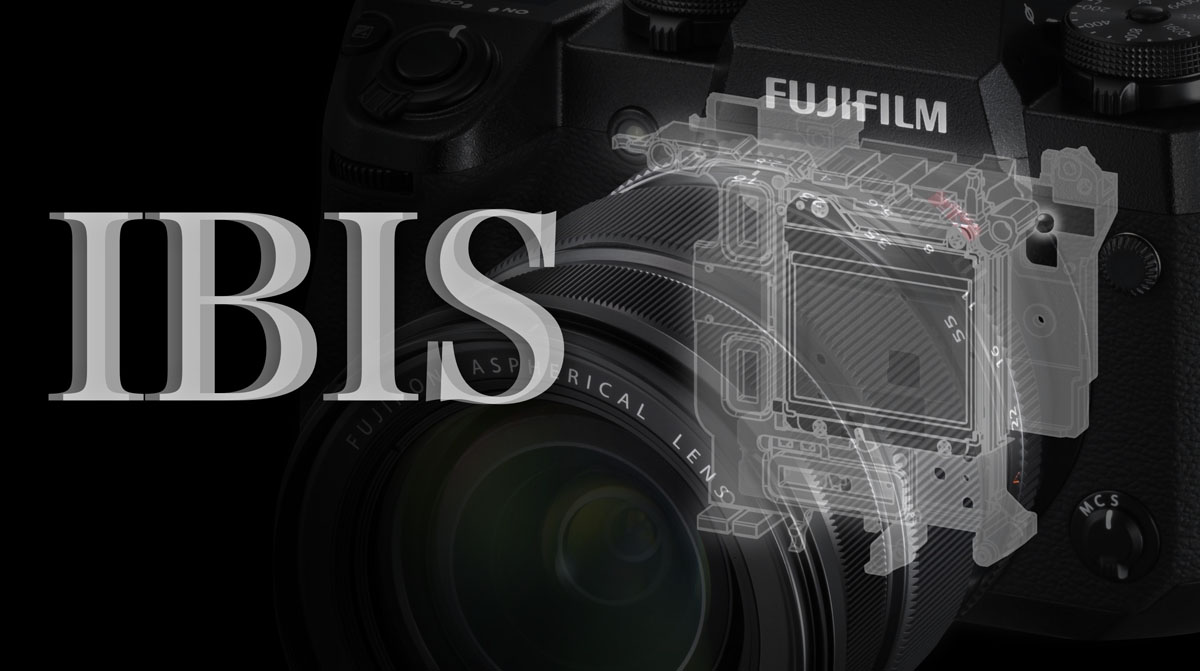
X-H1 Development Story #7 -In-Body Image Stabilization
We said in the past that there will not be an IBIS for the X Mount. We’ve said that because back then having IBIS meant compromises on the image quality. But now we need to correct the statement. The X-H1 has IBIS. We now have developed one that works without compromising on the image quality.
What makes an IBIS good? Precision is the key to make a good IBIS. The depth of field varies on the focal length, but generally speaking it is shallower than 5 microns for the light rays of F1.4. The image can get blurry when it is off just by 1 micron. The XF lenses have characteristics of clear separation between focal plane and defocus area. So the XF lenses will not be able to deliver its best optical performance if the focal plane is tilted even just by a tiny bit. The precision is needed to deliver the best result.
So how can the precision be achieved? On this article will explain from designing and manufacturing point of views.
First is the design. The IBIS can be broken down to 3 major parts: base, joint, and sensor part with coil.
The secret of the base part is the robustness and toughness as mentioned previously on the following story.
And there is more. The joint, which is shaped like a ball, is placed on the surface of the base. In order for the ball to move smoothly, the surface of the base also needs to be smooth. However the problem is that the base plate is made of magnesium alloy and is not smooth enough even when polished. To work out the problem, we combined it with a mirror-finish stainless plate.
The stainless plate has the value of Ra0.05. Ra is the measurement for smoothness, meaning the average unevenness of the surface is maintained under 0.05 micron.
The joint is also special. It is made of durable ceramic that is tough against deformation. The diameter of the ball is 1,500 micron and the manufacturing tolerance is ±0.3% (less than 5 microns).
And the positioning of the sensor surface. The sensor surface needs to be adjusted in quickness and with precision. The key to the fast and accurate positioning is the torque. If the actuator lacks power, then it can probably handle positioning of the sensor. It cannot guarantee quick and precise positioning.
The actuator of the IBIS unit in the X-H1 is quite big. It is double the size of a typical unit for the APS sensor. But it means that this is twice as much powerful.
During the course of the development, the developing team had accidentally set the speed of the vibration generator to the double of what it should have been. All the camera models failed the test and could not cancel the blur with the exception of the X-H1. The X-H1 was still able to cancel the blur. It is unlikely that a vibration at such high speed will happen in real life, but the accident reassured the team that the higher torque has advantage to increase the performance of the IBIS.
X-H1 with In-Body Stabilization (IBIS)
X-H1 Development Story
#1 Frame Pt.1
#2 Frame Pt.2
#3 Camera Body
#4 ETERNA
#5 ETERNA Pt.2
#6 Autofocus
#7 IBIS



















































